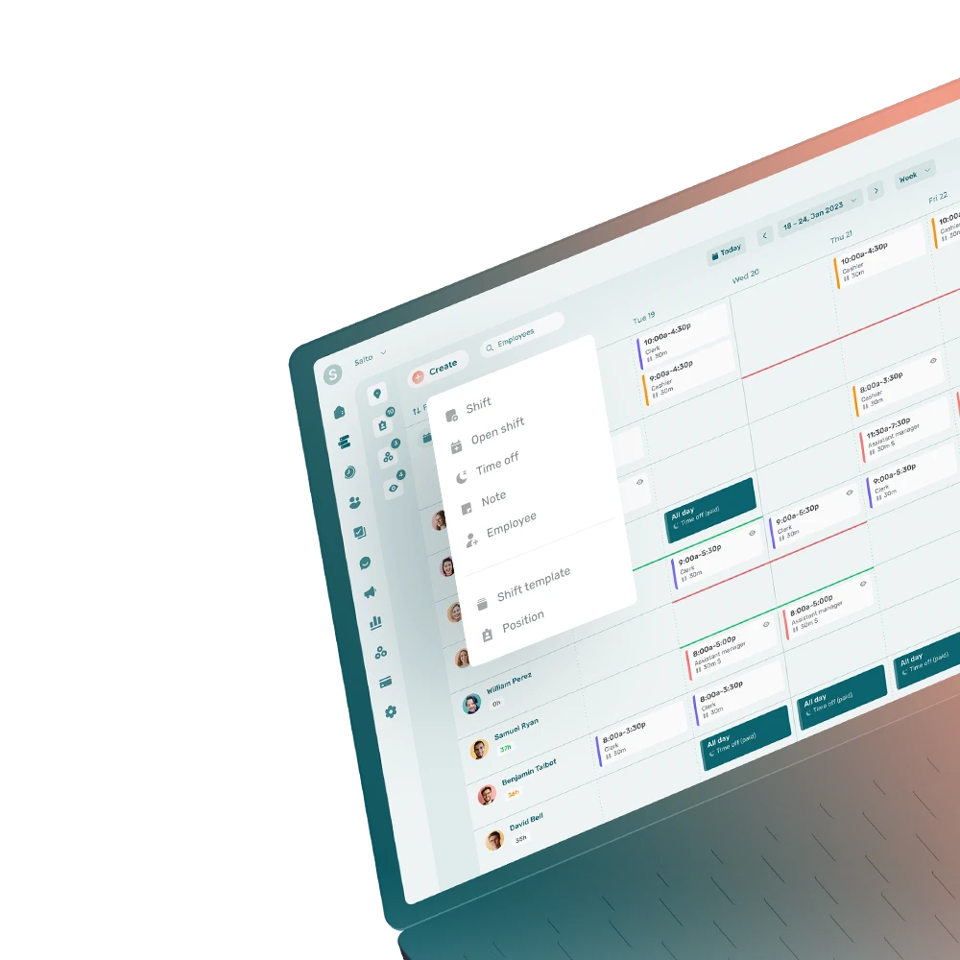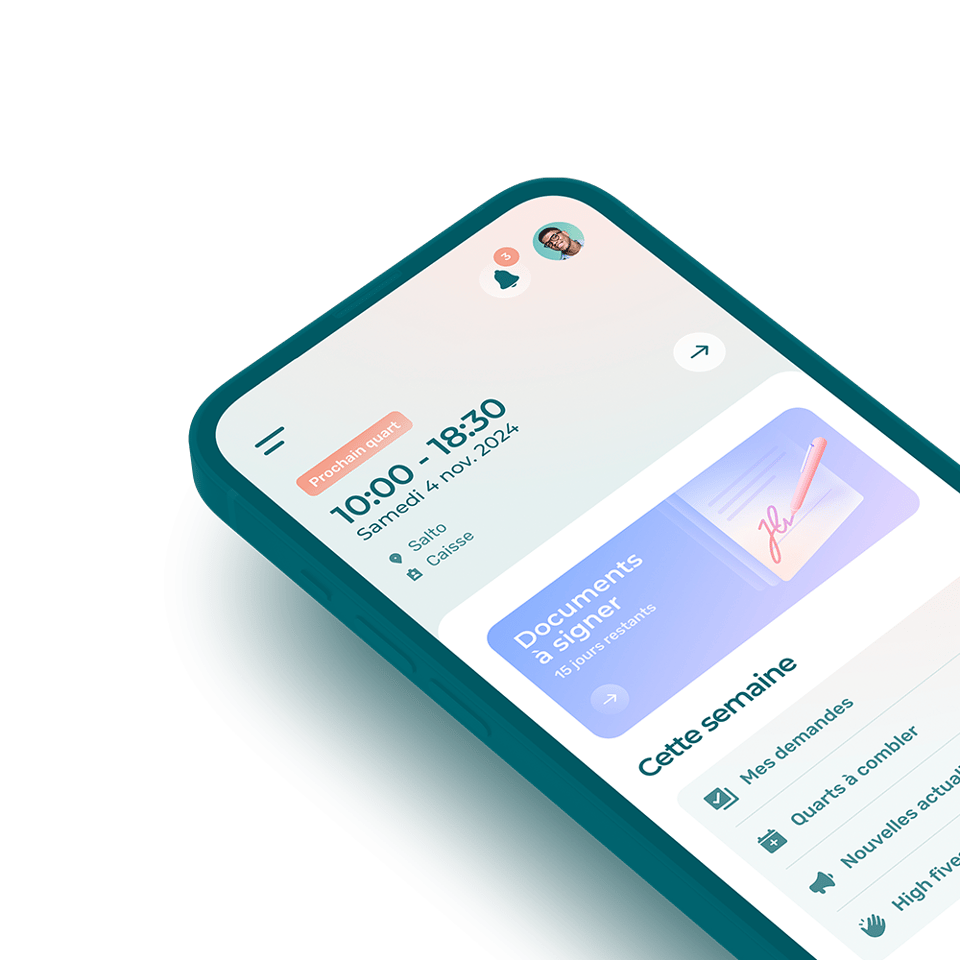Clopening shifts are a combination of the words “closing” and “opening” referring to when an employee has to close a business at night, and open it the next morning with only a few hours in between.
How to Manage No Call No Show Cases?
The steps to manage a no call no show case typically include:
- Trying to call the employee
- Informing HR
- Finding the reasons of the employee for not showing up if they can be contacted
- Contacting the employee emergency contact if the employee can’t be reached to make sure they are safe
- Helping the employee with their situation if needed, and/or finding a replacement for their shift
- Documenting the absence in the employee record
- Enforcing disciplinary actions if necessary
- Addressing the absence with the employee
How to Avoid No Call No Show Employees?
In order to avoid or limit no call no show cases, companies can:
- Create a no call no show policy
- Use a time and attendance software
- Use a professional communication channel
- Nurture open and transparent communication with employees
- Have a no call no show process in place
- Reward employees for good behaviors
- Follow through disciplinary actions when necessary
What Is a No Call No Show Policy?
A no call no show policy is a document containing general rules about employee attendance and absenteeism in the organization.
Employees are made aware of those rules and agree to respect them. No call no show policies can improve employee productivity, prevent system abuse, and decrease the cost of absenteeism.
What Should Be Included in a No Call No Show Policy?
Generally, a no call no show policy includes:
- Rules for no show no call cases
- Disciplinary actions undertaken by the company in the event of a no call no show
- Acceptable reasons for a no call no show
- Process to take days off
- Process to use sick days
- Consequences of no call no shows
- Documentation needed to justify an absence
How Do You Write Up an Employee for a No Call No Show?
In order to write up an employee for a no call no show, companies generally write an official letter including the name of the employee, the date of the absence, the reason given by the employee, the effect of their no show on the company, and the disciplinary action taken by the company.
HR departments are generally in charge of taking care of the write ups. They normally require the employee to sign the letter to attest they are aware of the disciplinary action undertaken by the organization.
HR professionals can write their own letter or use a write up template and adapt it to their situation.




